Home>Garden Essentials>How Long Does Cat Grass Need To Germinate?
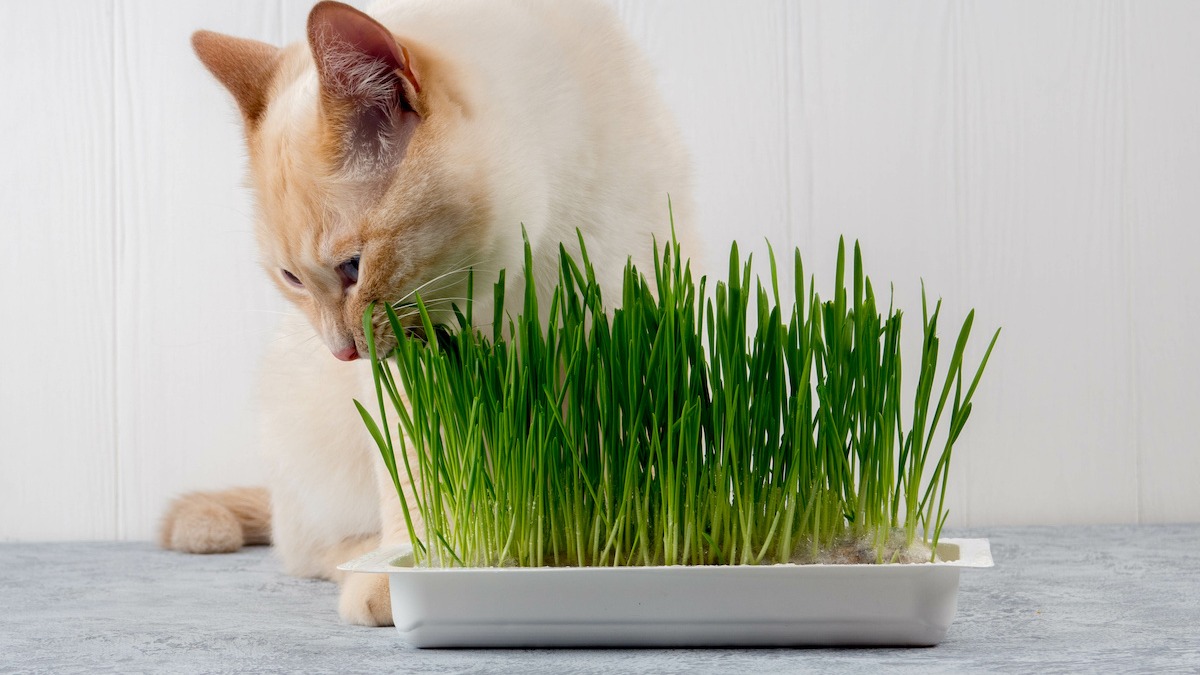

Garden Essentials
How Long Does Cat Grass Need To Germinate?
Modified: March 16, 2024
Find out the germination time for cat grass in your garden and get your feline friend munching on fresh greens in no time.
(Many of the links in this article redirect to a specific reviewed product. Your purchase of these products through affiliate links helps to generate commission for Storables.com, at no extra cost. Learn more)
Introduction
Welcome to the world of cat grass! As a proud cat owner, you want nothing but the best for your feline companion. And what better way to provide them with a taste of the great outdoors than by growing cat grass indoors?
Cat grass, also known as kitty grass or catnip, is a type of grass that cats love to nibble on. It not only provides them with a natural source of fiber but also helps to aid digestion and prevent hairballs. Additionally, cat grass can satisfy your cat’s primal instinct to chew on greenery, especially for indoor cats who may not have access to fresh vegetation.
But before you can present your fur baby with a luscious patch of cat grass, you need to understand the germination process. How long does cat grass take to germinate? What factors affect the germination time? In this article, we will explore these questions and provide you with tips on promoting successful germination.
So, whether you’re a seasoned gardener looking to add cat grass to your repertoire or a curious cat owner ready to explore a new adventure, let’s dive into the fascinating world of cat grass germination!
Key Takeaways:
- Cat grass seeds typically germinate within 5 to 10 days, but this can vary based on factors like seed quality, moisture, temperature, and air circulation. Patience and proper care are key to successful germination.
- To promote cat grass seed germination, choose high-quality seeds, provide consistent moisture and warmth, ensure good air circulation, and be patient throughout the process. With proper care, you can create an ideal environment for healthy cat grass growth.
Read more: What Does Grass Seed Need To Germinate
What is cat grass?
Cat grass, also known as kitty grass or catnip, is a type of grass that is specifically grown for feline consumption. It is typically a mix of fast-growing grasses such as barley, wheat, oat, and rye, which are safe and healthy for cats to nibble on.
The grass is often sold in small pots or trays, ready for you to grow and provide to your cat. Some cat grass varieties can reach a height of 6 inches or more, giving your furry friend plenty of foliage to graze on. The grass blades are soft and delicate, making it easy for cats to chew.
But why do cats love cat grass so much? One reason is that cats are natural carnivores, and their diet primarily consists of meat. However, in the wild, they would also consume small amounts of vegetation, such as grass and plants. This instinct remains strong even in domesticated cats.
When cats eat cat grass, it serves several purposes. Firstly, the grass acts as a natural source of fiber, aiding in digestion and preventing constipation. Secondly, it helps promote healthy hairball elimination by inducing vomiting, allowing cats to expel any hairballs that may have formed in their digestive system.
Furthermore, chewing on cat grass can provide mental and emotional stimulation for cats. It gives them a chance to engage in a natural behavior, imitating the act of hunting and grazing in the wild. This can be especially beneficial for indoor cats who may not have access to outdoor vegetation.
Overall, cat grass offers a range of benefits for our feline friends. It provides them with a safe and enjoyable way to incorporate a small amount of greens into their diet while promoting overall well-being.
The germination process
Now that we’ve explored what cat grass is, let’s dive into the fascinating germination process. Germination is the term used to describe the sprouting or growth of a seed into a young plant. It is an important stage in the life cycle of any plant, including cat grass.
The germination process begins when you plant the cat grass seeds in a suitable growing medium, such as potting soil or seed-starting mix. The seeds need a combination of moisture, warmth, and oxygen to activate the germination process.
Once the seeds are planted and watered, they absorb moisture, causing them to swell. This triggers biochemical reactions within the seed, initiating the growth process. The outer seed coat softens and cracks open, allowing a tiny root to emerge.
As the root grows downward into the soil, a shoot, known as the sprout, emerges above the surface. This shoot develops into the stem and leaves of the cat grass plant. With the right environmental conditions and care, the cat grass plant will continue to grow and flourish.
It’s important to note that germination time can vary depending on various factors, such as the type of cat grass seed, environmental conditions, and proper care. Let’s explore these factors in more detail.
Factors affecting germination time:
- Seed quality: The quality of the cat grass seeds plays a significant role in germination time. Fresh, high-quality seeds have a better chance of quick and successful germination.
- Environmental conditions: The temperature, humidity, and light conditions in which you place the seeds can impact germination time. Cat grass seeds typically prefer warm temperatures (around 70°F to 75°F or 21°C to 24°C) and moderate humidity.
- Watering: Adequate moisture is crucial for seed germination. You need to water the seeds regularly, keeping the soil evenly moist but not waterlogged. Too much water can lead to rot or mold, while too little water can hamper germination.
- Air circulation: Good air circulation is necessary for proper germination. Stagnant air can create a humid environment, increasing the risk of fungal growth. Ensure that the growing area has proper ventilation.
- Seed depth: Planting the cat grass seeds at the correct depth is crucial. Seeds should be covered lightly with soil or seed-starting mix, typically around 1/8 to 1/4 inch deep. Planting too deep can prevent proper sprouting.
By considering these factors and providing the necessary care, you can significantly impact the germination time and success rate of your cat grass seeds. Now that we understand the process, let’s explore the average germination time for cat grass seeds and how to promote successful germination in the next sections.
Factors affecting germination time
When it comes to the germination time of cat grass seeds, several factors can influence how long it takes for the seeds to sprout. Understanding these factors can help you manage your expectations and ensure the best conditions for successful germination.
Seed quality: The quality of the cat grass seeds that you use can have a significant impact on their germination time. Fresh and high-quality seeds are more likely to have a higher germination rate and sprout faster compared to older or poor-quality seeds. It’s always recommended to purchase seeds from reputable suppliers to ensure their viability.
Environmental conditions: The environment in which you place the cat grass seeds plays a crucial role in their germination time. Temperature, humidity, and light conditions all play a part. Cat grass seeds generally prefer warm temperatures, around 70°F to 75°F (21°C to 24°C), to stimulate germination. Additionally, moderate humidity levels are ideal, as overly dry or overly moist conditions can hinder germination. Providing adequate light, either natural or artificial, also supports the germination process.
Moisture: Proper moisture levels are essential for cat grass seed germination. When planting the seeds, make sure to thoroughly water the soil and keep it moist throughout the germination period. However, it’s crucial to strike a balance and avoid over-watering, as it can lead to rot or mold. On the other hand, insufficient water can delay or inhibit germination. Be mindful of the moisture levels and adjust watering accordingly.
Air circulation: Good air circulation is important during the germination process. Stagnant air can contribute to excessive moisture, leading to fungal growth and root rot. Ensure that the growing area has proper ventilation to maintain a fresh and oxygen-rich environment. If necessary, use a small fan to promote air movement around the seeds.
Seed depth: Planting the cat grass seeds at the correct depth is essential for successful germination. Most cat grass seeds require being covered lightly with soil or seed-starting mix, typically around 1/8 to 1/4 inch deep. Planting the seeds too deep can prevent them from receiving the necessary light for germination. On the other hand, planting them too shallow can cause the seeds to dry out quickly.
By carefully considering these factors and providing optimal conditions, you can help reduce the germination time and increase the overall success rate of your cat grass seeds. However, it’s important to note that germination time can still vary, ranging from a few days to a couple of weeks, depending on these factors and the specific variety of cat grass you are growing.
Now that we have a better understanding of the factors that affect germination time, let’s explore the average germination time for cat grass seeds and some tips for promoting successful germination.
Cat grass typically takes 3-7 days to germinate. Keep the soil consistently moist and place the seeds in a warm, sunny spot to help speed up the germination process.
Average germination time for cat grass
When it comes to the germination time of cat grass seeds, the duration can vary depending on multiple factors, including the specific variety of cat grass and the environmental conditions. On average, cat grass seeds tend to germinate within 5 to 10 days after planting.
However, it’s important to note that this is just a general estimate, and the actual germination time can differ. Some cat grass varieties may sprout as early as 3 to 4 days, while others may take longer, up to 2 weeks or more. The germination time can also be influenced by factors such as seed quality, environmental conditions, and proper care.
Moreover, it’s important to consider that germination is a gradual process, with the seeds sprouting at different times rather than all at once. You may notice some seeds sprouting and developing shoots earlier than others. As long as the majority of the seeds show signs of germination within the expected timeframe, you can consider it a successful germination process.
To ensure successful germination within the average timeframe, it’s crucial to create the optimal conditions for the cat grass seeds. This includes planting fresh and high-quality seeds, providing a warm and humid environment, maintaining proper moisture levels, promoting good air circulation, and planting the seeds at the correct depth.
If your cat grass seeds have not sprouted within the average timeframe, don’t panic. Sometimes, certain factors such as cooler temperatures or inconsistent watering can delay germination. It’s important to be patient and continue providing the right conditions for the seeds. However, if an extended period has passed without any signs of germination, it may be worth considering the viability and quality of the seeds.
Remember that every cat grass variety and growing situation can have variations in germination time. By understanding the factors that influence germination and providing consistent care, you can increase the chances of a successful and timely germination process.
In the next section, we will share some tips and techniques to help promote the germination of your cat grass seeds and ensure a healthy and vibrant growth.
Tips for promoting germination
Promoting successful germination of cat grass seeds requires attention to detail and proper care throughout the process. Here are some tips and techniques to help you create the ideal conditions for optimal germination:
- Choose high-quality seeds: Start with fresh, high-quality cat grass seeds. This increases the chances of successful germination and healthy plant growth. Purchase seeds from reputable suppliers or garden centers.
- Prepare the growing medium: Use a well-draining and nutrient-rich potting soil or seed-starting mix. Avoid heavy soils that can hold excess moisture, as this can hamper germination. Ensure the soil is moist before planting the seeds.
- Sow the seeds correctly: Plant the cat grass seeds at the recommended depth, generally around 1/8 to 1/4 inch deep. Sprinkle the seeds evenly over the soil surface, taking care not to overcrowd them. Lightly press the seeds into the soil to ensure good seed-to-soil contact.
- Provide consistent moisture: Keep the soil consistently moist throughout the germination period. Water gently to avoid displacing the seeds. Use a spray bottle or a watering can with a fine nozzle to ensure even moisture distribution. Avoid waterlogging the soil.
- Provide optimal temperature: Cat grass seeds prefer warm temperatures for germination, typically around 70°F to 75°F (21°C to 24°C). Place the seeds in an area with consistent warmth, such as near a window with sunlight or using a heat mat.
- Ensure proper air circulation: Good air circulation is essential to prevent moisture buildup and fungal issues. If necessary, use a small fan or open a nearby window to promote fresh air movement around the growing area. But avoid direct drafts.
- Monitor and adjust light exposure: Cat grass seeds benefit from access to natural or artificial light. Place them in a well-lit area, such as a sunny window sill, or provide supplemental grow lights. Aim for around 12-16 hours of light per day.
- Be patient: Remember that germination can take time, and not all seeds will sprout at the same rate. Be patient and continue to provide the necessary care. Avoid disturbing the soil or checking the seeds too frequently, as this may disrupt the germination process.
- Transplant when necessary: Once the cat grass seedlings have developed a few sets of true leaves, they can be transplanted into a larger pot or container. This allows for continued growth and prevents overcrowding.
- Keep an eye on your cat: Once the cat grass has germinated and grown, monitor your cat’s interaction with the grass. Ensure your cat doesn’t overindulge or exhibit any adverse reactions. Some cats may have a limit on how much grass they can safely consume.
By following these tips and techniques, you can create an optimal environment for successful germination of your cat grass seeds. Remember to tailor the care to the specific needs of the cat grass variety you are growing.
With a little patience and proper care, you’ll soon have a lush and vibrant patch of cat grass, ready to delight your furry friend and provide them with a natural and healthy source of grazing pleasure.
Now that you have a thorough understanding of the germination process and the various factors that impact it, you’re well-equipped to embark on your cat grass growing journey. Enjoy the process and watching your cat indulge in nature’s delicious gift!
Conclusion
Cat grass is a wonderful addition to any cat owner’s home. Not only does it provide numerous health benefits for your feline friend, but it also adds a touch of nature to your indoor space. Understanding the germination process and how to promote successful germination is essential to cultivating healthy and vibrant cat grass.
In this article, we explored what cat grass is and why cats love it. We delved into the fascinating germination process, discussing factors that affect germination time, such as seed quality, environmental conditions, moisture, air circulation, and seed depth. We also provided tips for promoting germination, including choosing high-quality seeds, preparing the growing medium, providing optimal moisture, temperature, and light, ensuring proper air circulation, and being patient throughout the process.
Remember, germination time can vary depending on several factors, and it’s important to be patient and provide the necessary care. On average, cat grass seeds tend to germinate within 5 to 10 days, but this can vary based on the specific variety and growing conditions.
Now armed with this knowledge, you’re ready to embark on your cat grass growing journey. Enjoy the process of nurturing and watching your cat grass seeds sprout, grow, and provide endless joy to your furry companion. Remember to monitor your cat’s interaction with the grass and ensure they don’t overindulge.
So, go ahead and create a little piece of outdoor paradise for your indoor cat. With a little effort and attention, you’ll have a thriving patch of cat grass that will bring joy, health, and vitality to your cat’s life.
Happy growing and happy cat-nibbling!
Frequently Asked Questions about How Long Does Cat Grass Need To Germinate?
Was this page helpful?
At Storables.com, we guarantee accurate and reliable information. Our content, validated by Expert Board Contributors, is crafted following stringent Editorial Policies. We're committed to providing you with well-researched, expert-backed insights for all your informational needs.
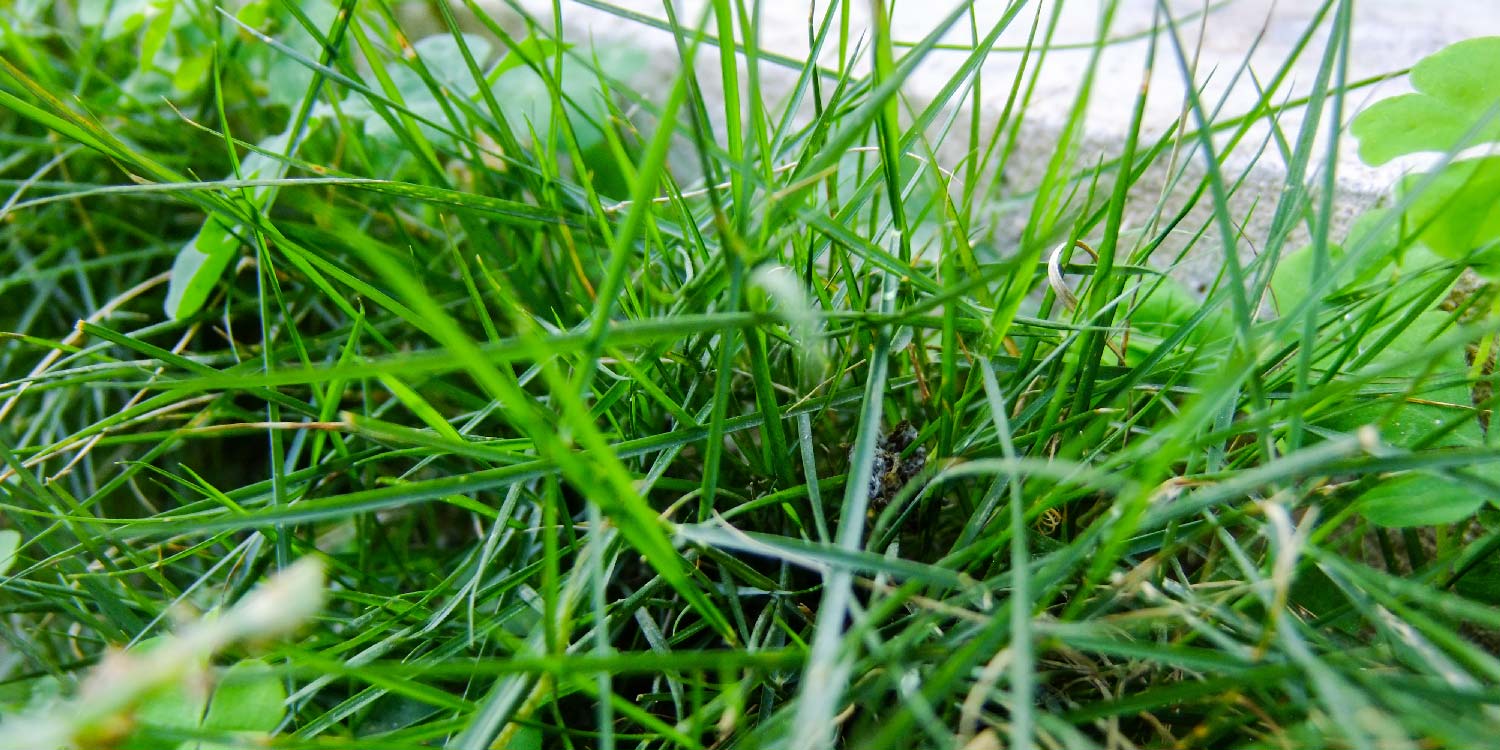
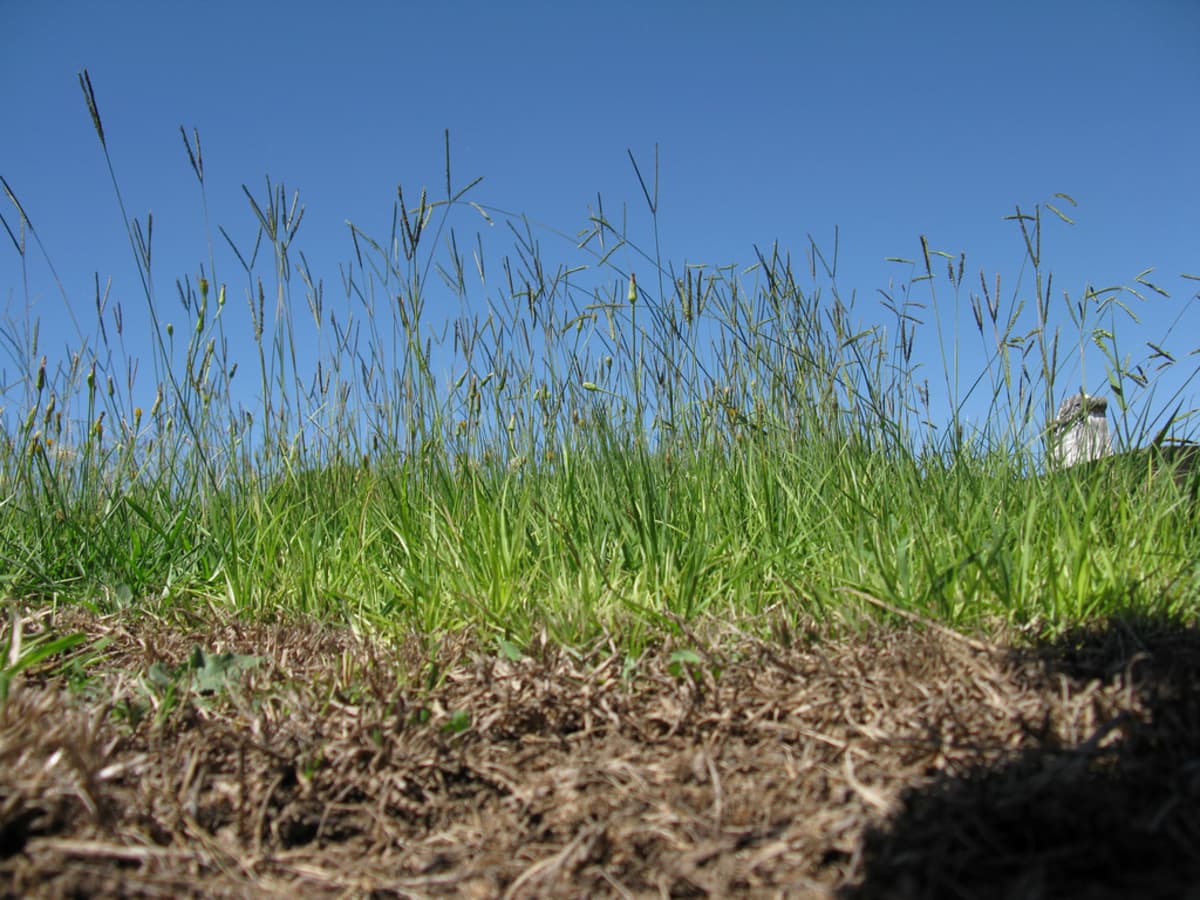
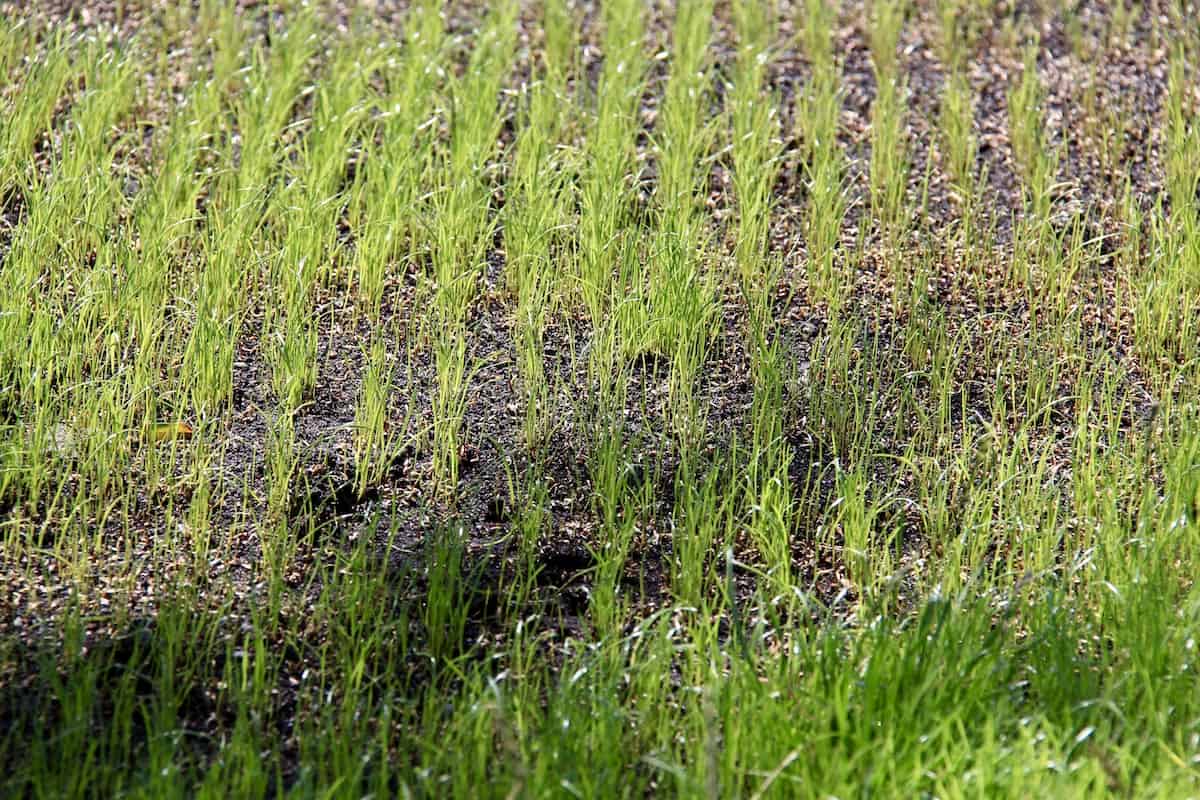
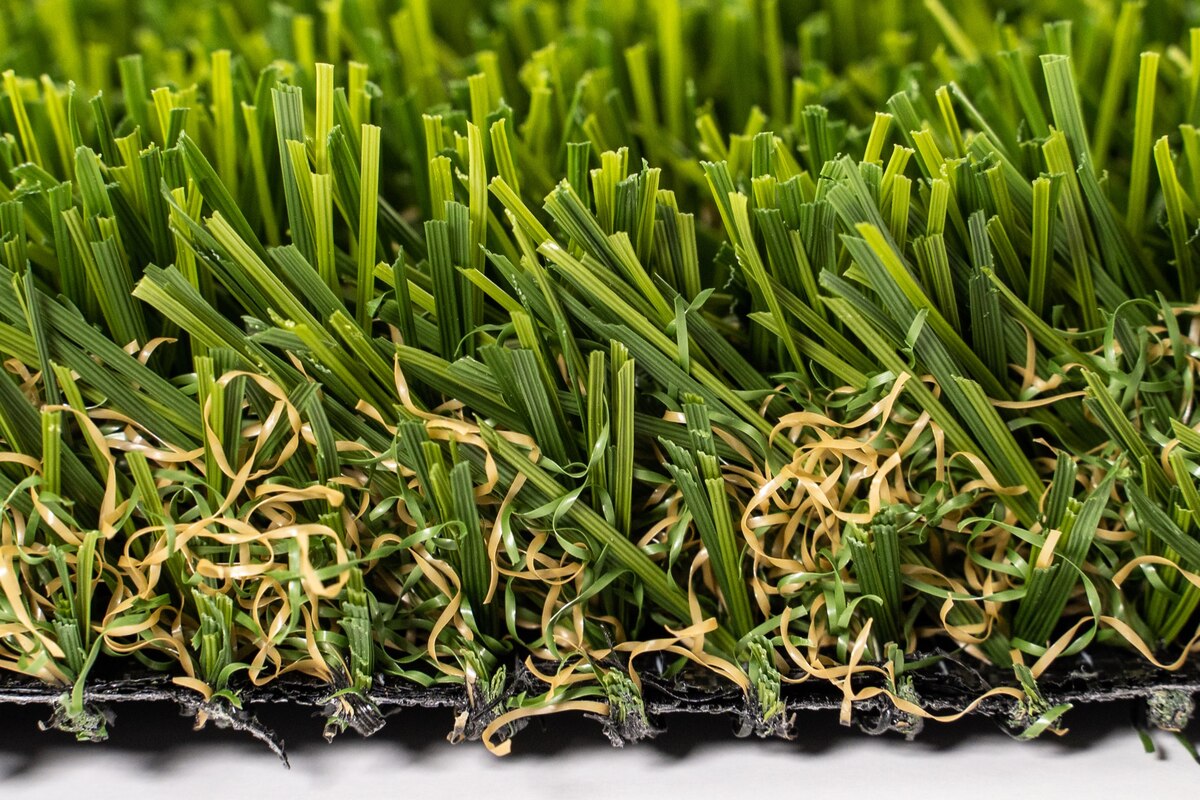
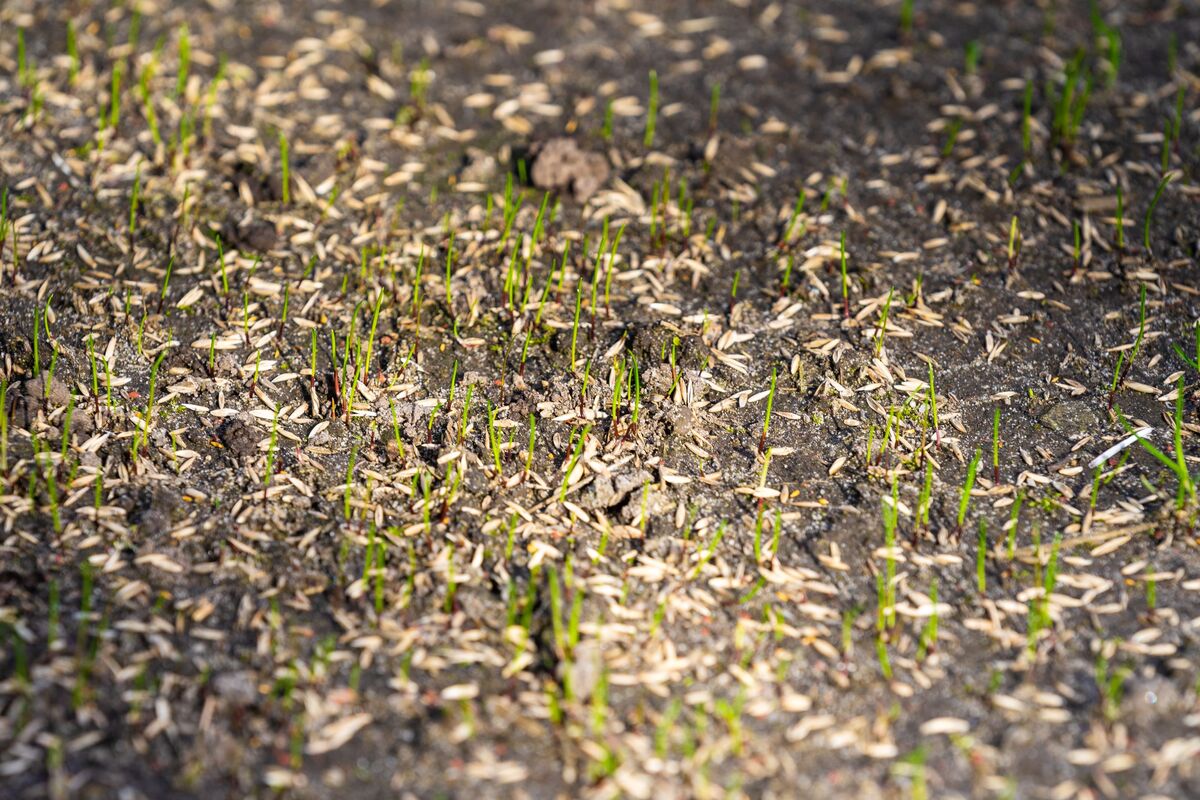
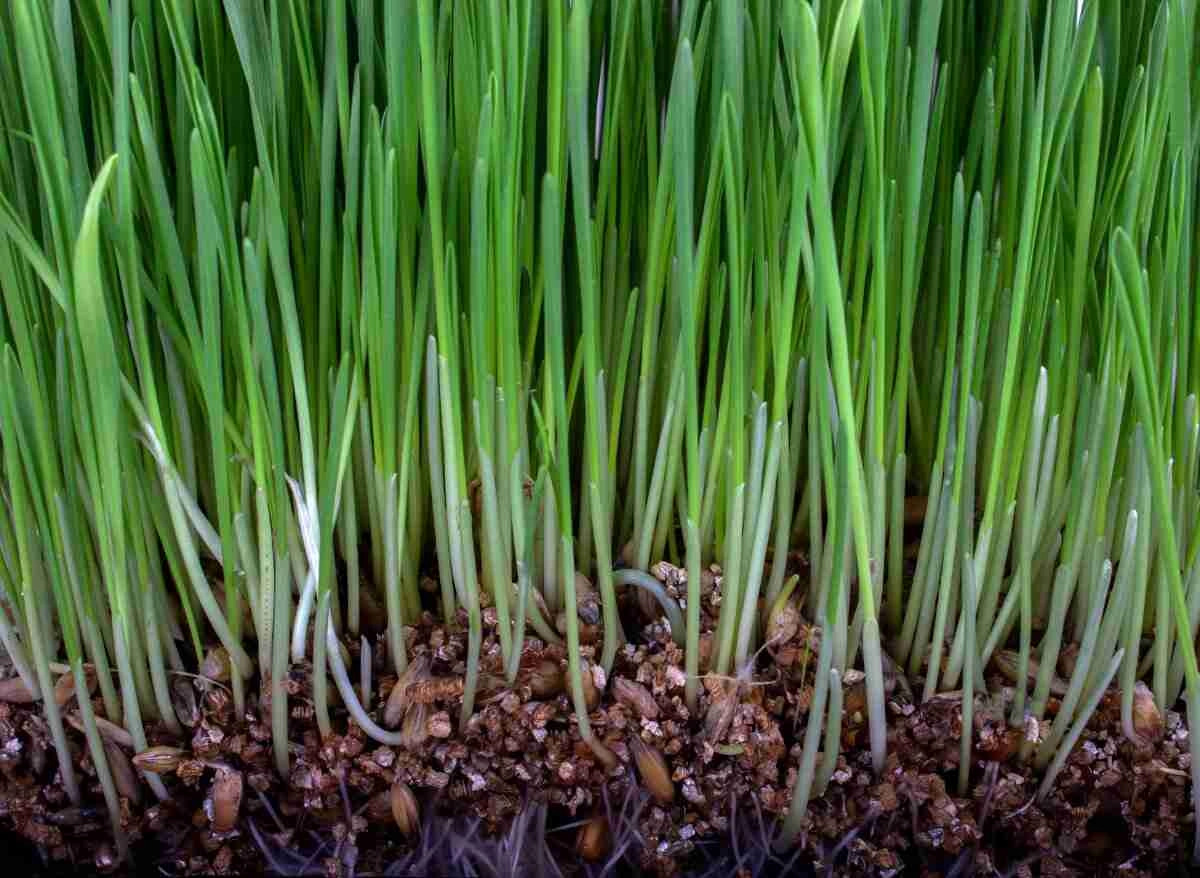

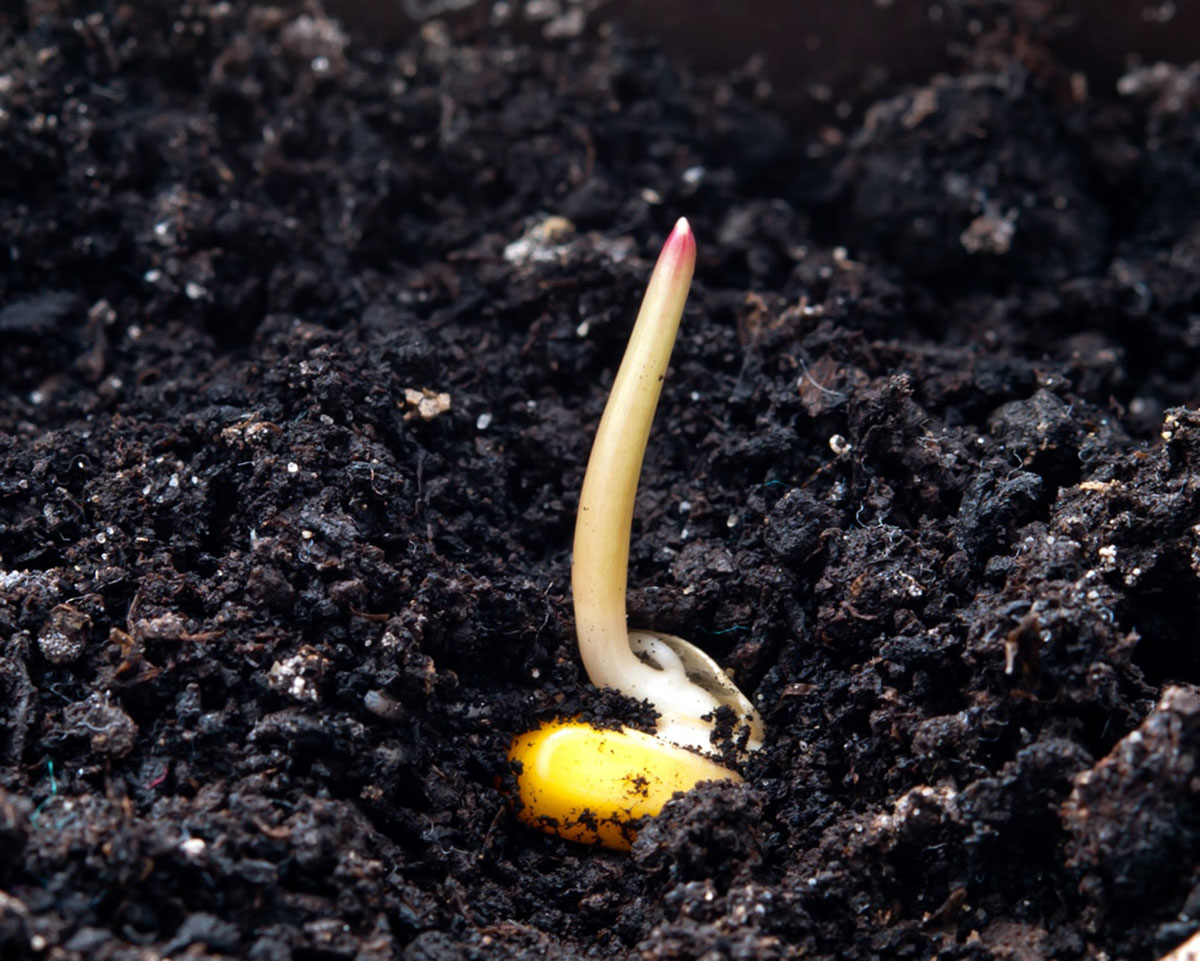

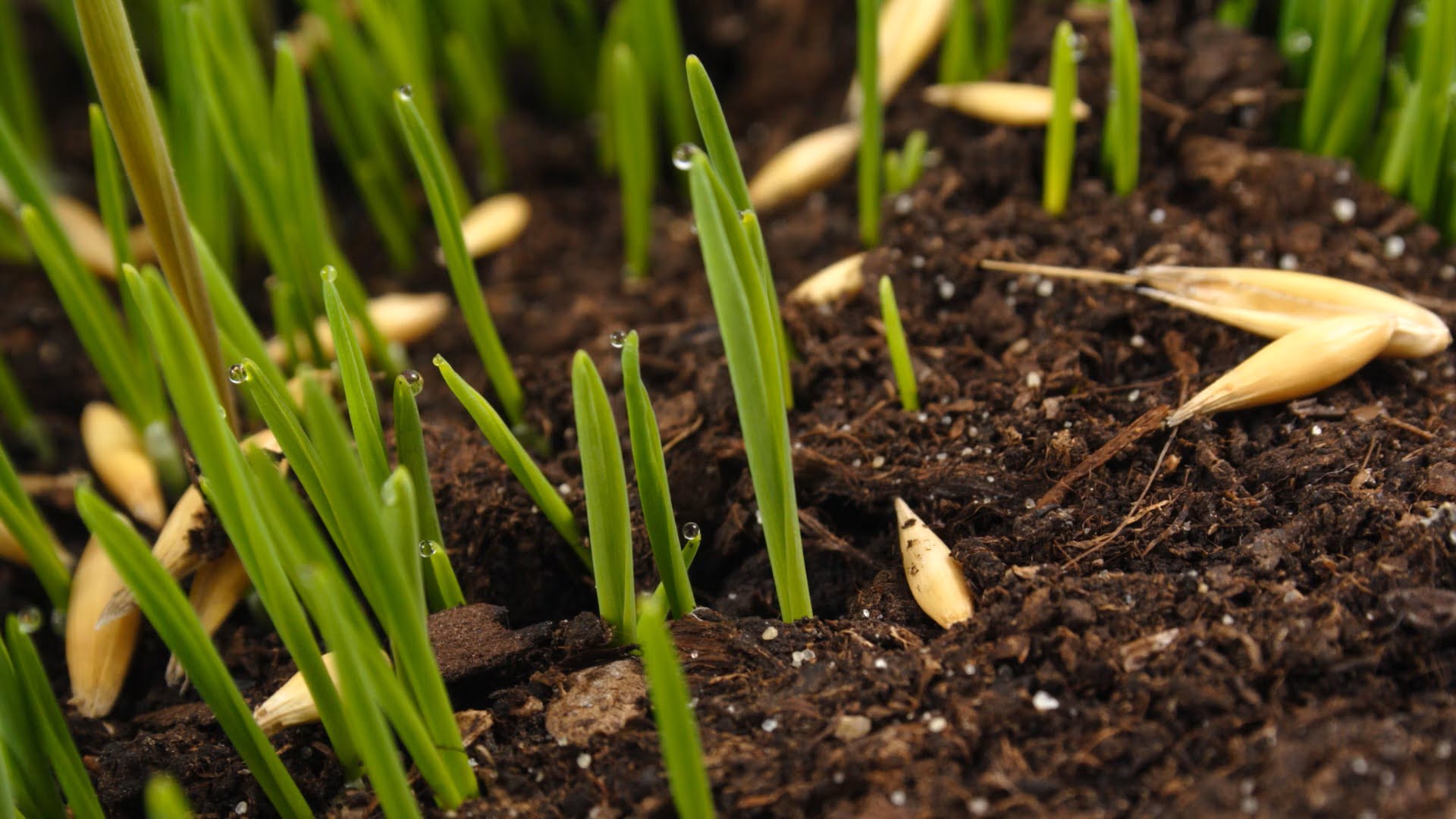
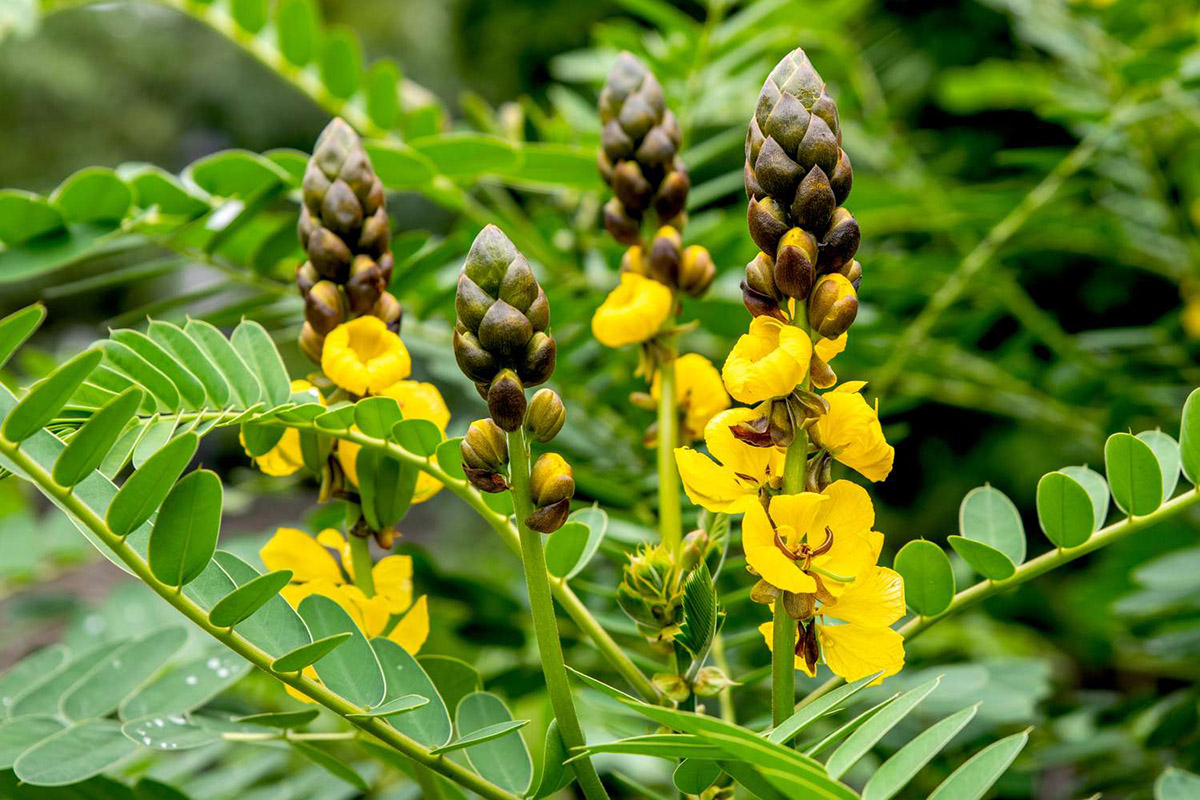
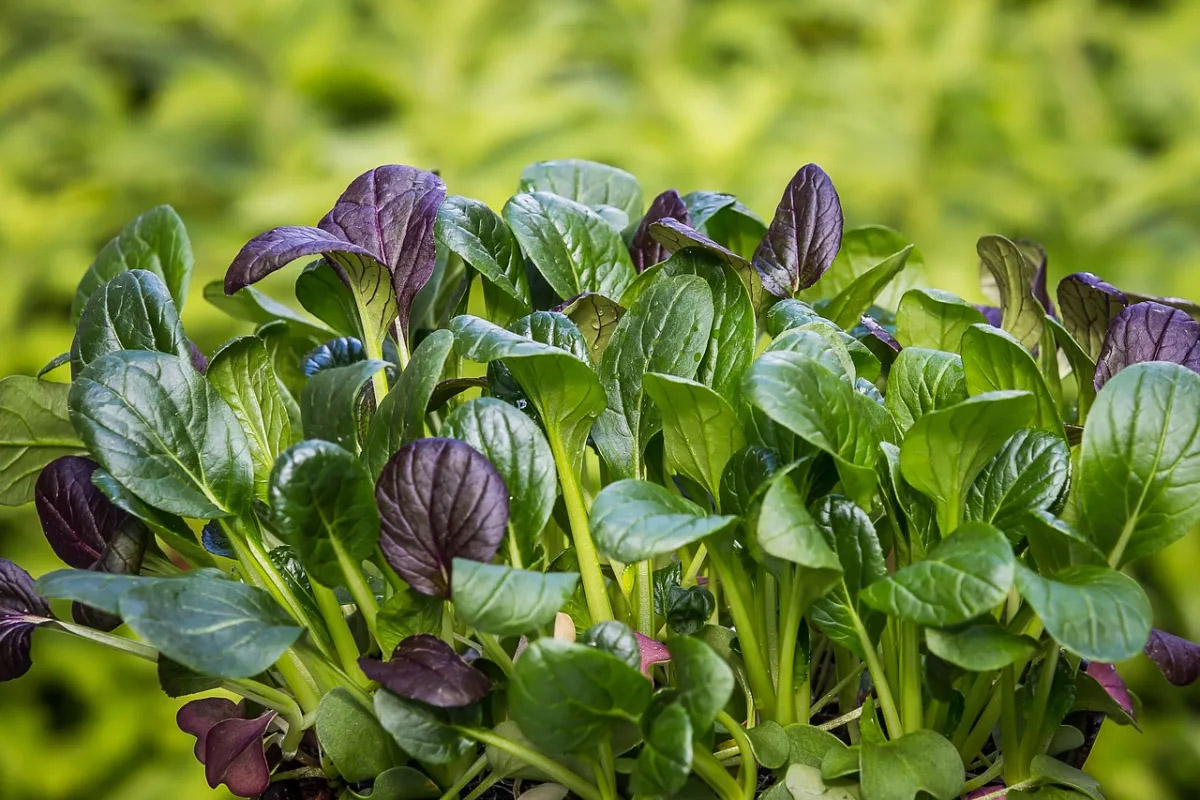
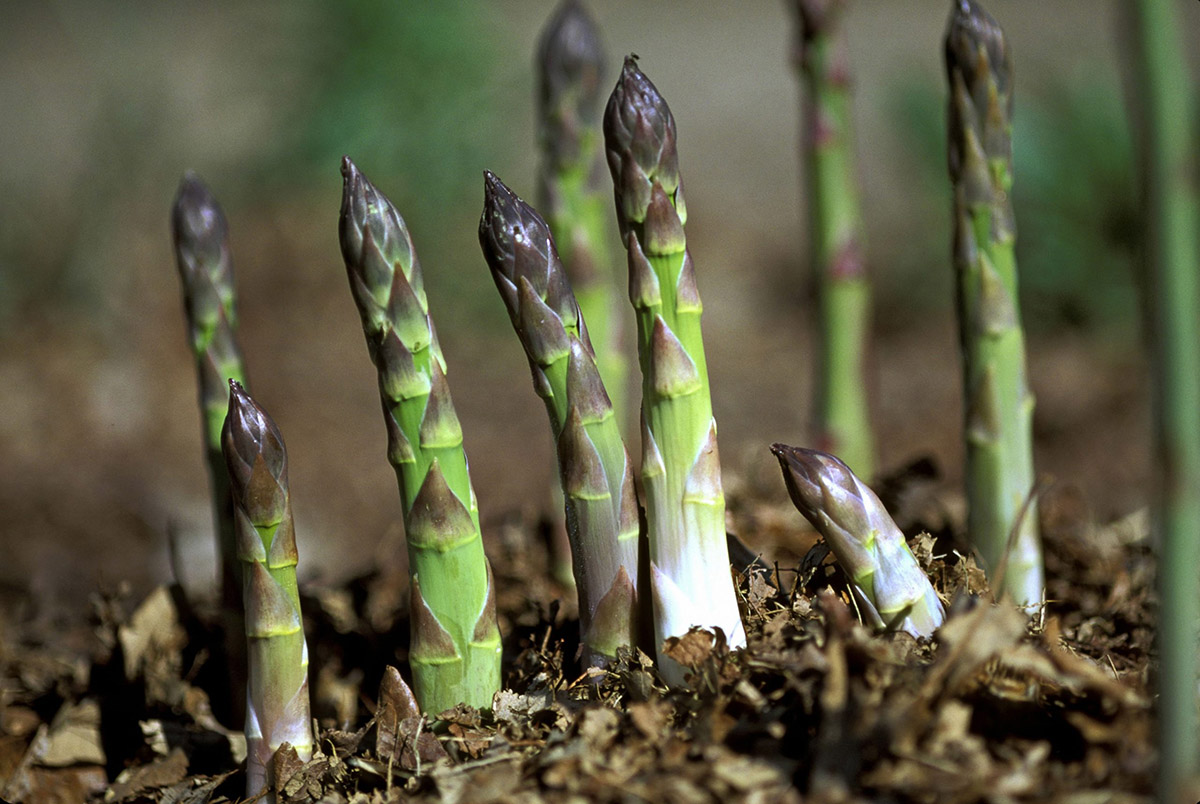
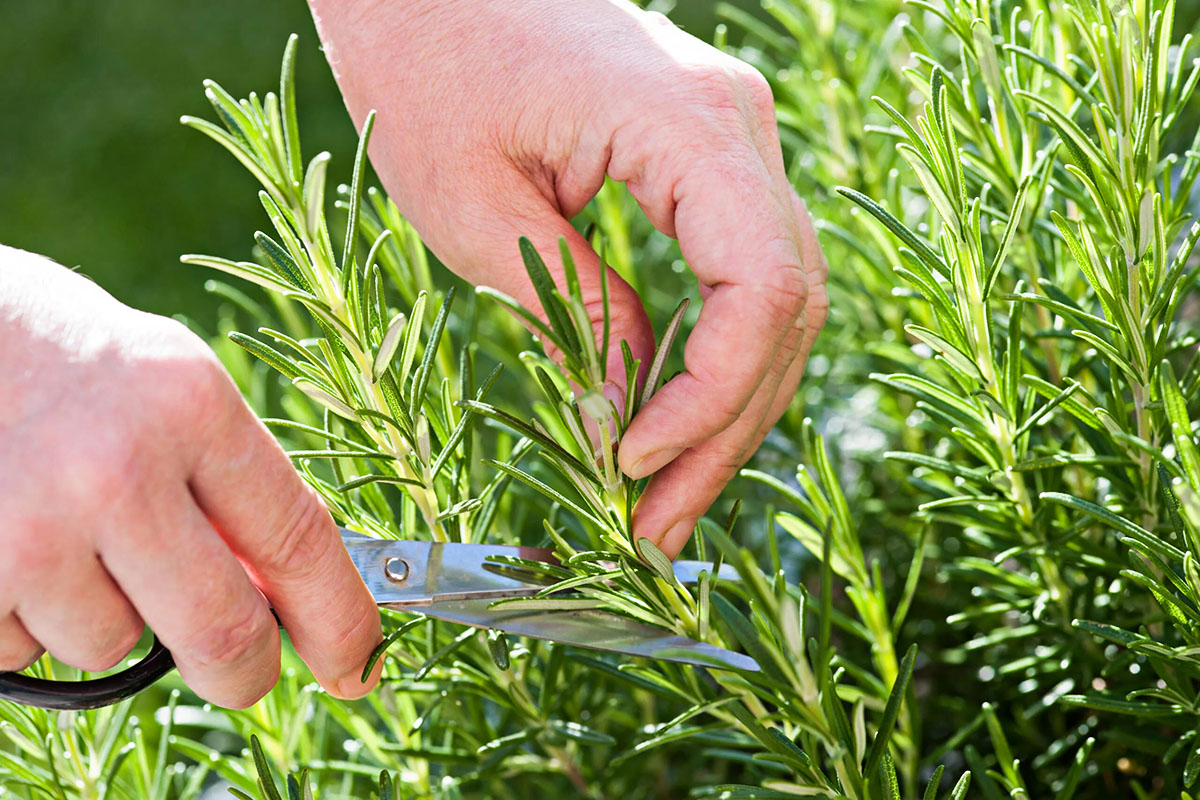

0 thoughts on “How Long Does Cat Grass Need To Germinate?”